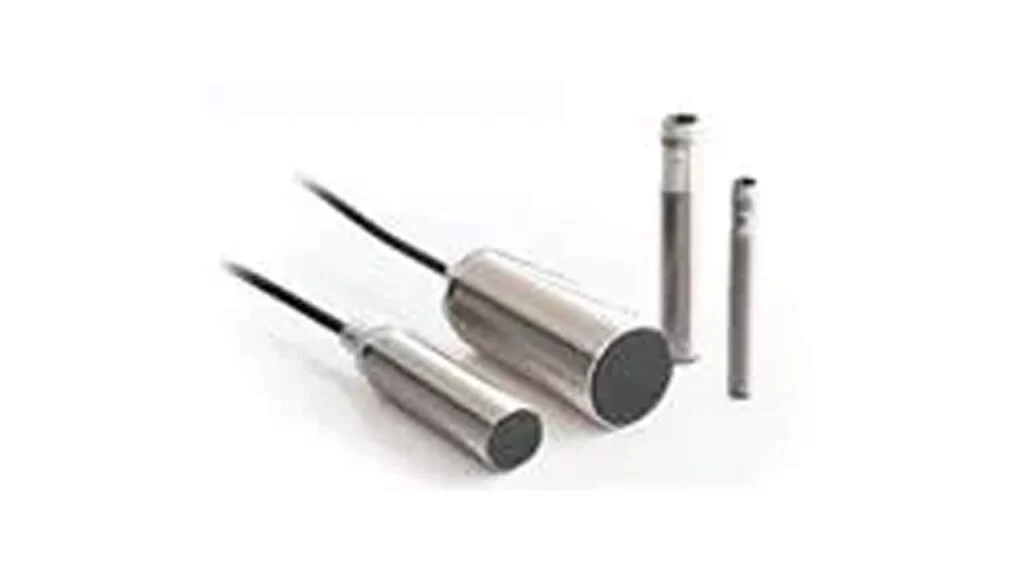In today’s fast-paced industrial and automation sectors, proximity sensors play a crucial role in ensuring seamless operations, precision, and safety. Amongst multiple brands available in the market, Omron Proximity Sensors have emerged as a preferred choice for their reliability, versatility, and cutting-edge technology. At Balaji Switchgears, we pride ourselves on offering top-notch solutions, including a wide range of Omron products.
This blog answers some of the most frequently asked questions about Omron Proximity Sensors, providing valuable insights to help you make informed decisions.
What is a Proximity Sensor and Why Choose Omron?
A proximity sensor detects the presence or absence of an object without requiring physical contact. These sensors are widely used in industries like manufacturing, robotics, and automotive, where precision and reliability are paramount.
Omron Proximity Sensors stand out because of their:
- Advanced Technology: High sensitivity and quick response times.
- Durability: Designed to function in harsh environments.
- Wide Variety: A range of models to suit diverse industrial needs.
What Are the Different Types of Omron Proximity Sensors?
Omron offers a diverse portfolio of proximity sensors tailored for various applications. Here are the main types:
- Inductive Proximity Sensors
- Detect metallic objects.
- Ideal for automation and assembly lines.
- Capacitive Proximity Sensors
- Detect both metallic and non-metallic objects, such as liquids or plastics.
- Commonly used in packaging and material handling.
- Photoelectric Proximity Sensors
- Use light to detect objects.
- Suitable for long-range applications.
- Ultrasonic Proximity Sensors
- Use sound waves to detect objects.
- Best for detecting transparent or reflective materials.
Each Omron Proximity Sensor type is engineered to meet specific operational requirements, ensuring optimal performance in varied scenarios.

What Applications Are Omron Proximity Sensors Best Suited For?
Omron Proximity Sensors are versatile and can be used in:
- Manufacturing: Detecting components on conveyor belts.
- Robotics: Assisting in automation tasks.
- Automotive: Monitoring assembly processes.
- Packaging: Ensuring accurate placement of materials.
- Material Handling: Managing inventory systems.
At Balaji Switchgears, we help you select the right sensor for your specific application to maximize efficiency and productivity. read more.........
Comments
Post a Comment